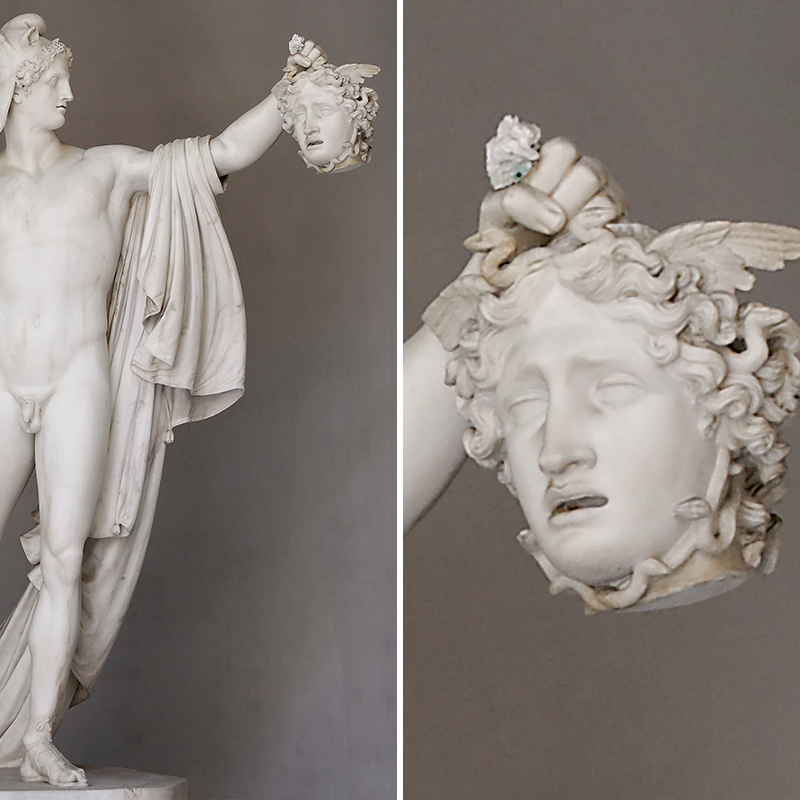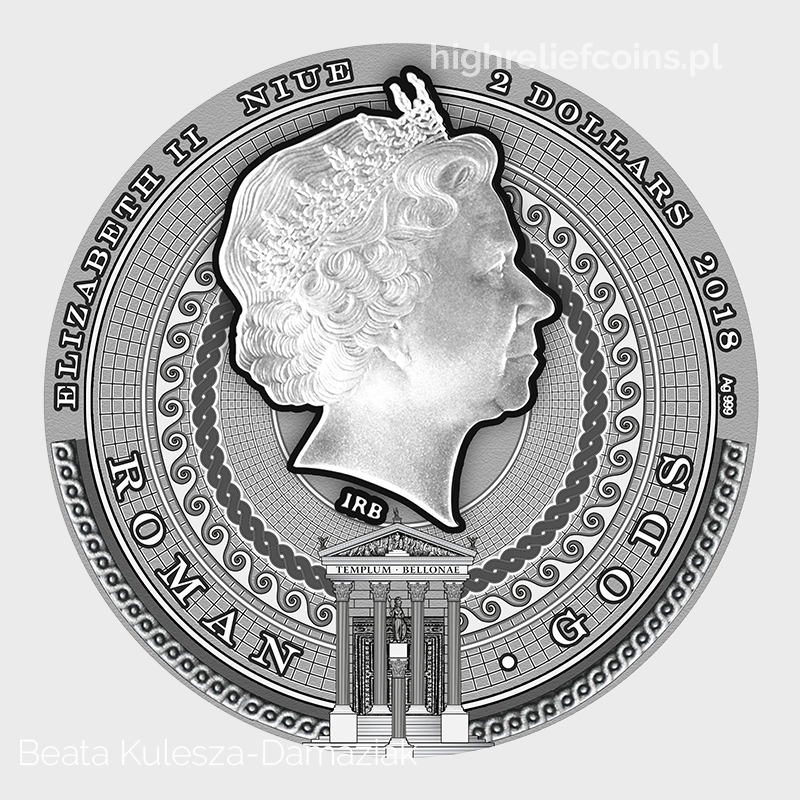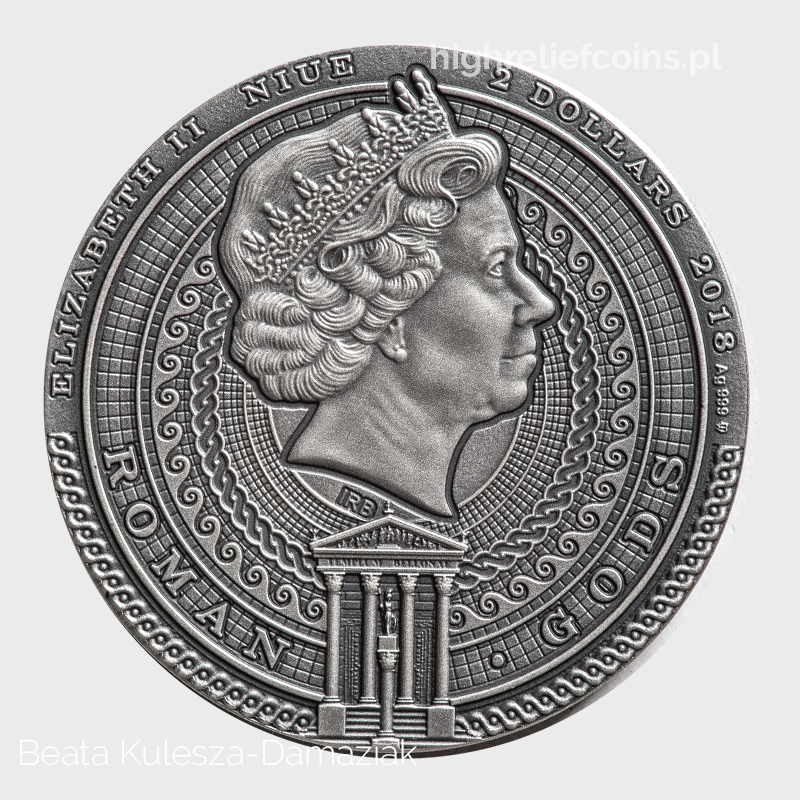Bellona, Roman God series, Niue Island 2016, 2 Dollars, 2 oz, 50 mm, pure antique finish without any unnecessary decoration, high relief coin, client: Mint of Gdansk, producer: Mint of Poland.
***
According to the first coin in this series, Bellona was supposed to refer to a well-known piece of art. My client asked me to draw more dynamic scene than Jupiter‘s composition. I found “The Chariot Race”, a painting attributed to the Hungarian painter Sándor Wagner (Alexander von Wagner). Like in Hungarian piece of art, in my design the four horses (not the rider) become heroes of the whole scene. Bellona to whom the coin was dedicated, is not the main element of the composition, like it supposed to be…

On the reverse of Bellona, wearing Roman helmet and armor, with a torch (symbolizing victory) in her right hand, enters to the circus on her quadriga. This is the chariot of Mars—god of war. Definitely Bellona is not a queen of beauty. Her face is rather terrifying, like Furies (deities of vengeance) faces.
I made many changes in my composition to make it different from the Hungarian painting. Due to the shape of the coin, the horse on the left has a different leg positioning. The hooves of the horses are protected by hipposandals — predecessors of the horseshoes in ancient Rome.
A shield with Medusa‘s head hangs on the Bellona’s chariot. In Greek mythology, Perseus cut the head of Medusa and gave it to Athena. Athena placed the head on her shield. From then on, the stone-turned gaze of the most dangerous of Gorgons, became the weapon of the gods. The face of my Medusa on Bellona’s shield is inspired by Antonio Canova’s famous sculpture “Perseus with the head of Medusa.”

Roman legionaries are watching the triumphal entry of Bellona. They are identical to each other, like stormtroopers in Star Wars movies. They are ready to kill in the name of their goddess. In the background we see triumphal arch with small inscription “Si vis pacem, para bellum“. This is a famous Latin sentence of Publius Flavius Vegetius, a 4th century historian, meaning: “If you want peace, prepare for war”.
I really love this project. No unnecessary decoration disturbs the clarity of the coin composition…







